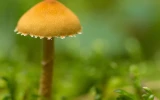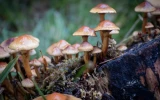How Long After Inoculation Should I See Mycelium?
After inoculation, you may be wondering when you should start to see signs of mycelium growth. Knowing when to expect mycelium to appear is a key step in monitoring the progress of your mushroom culture. This article will explain how long after inoculation you should start to see mycelium growth.
You can expect to see signs of mycelium growth within 7 to 14 days after inoculation. The amount of time it takes to see mycelium after inoculation can vary depending on several factors, such as the type of substrate, the species of mushroom, the temperature, and the humidity.
Let's find out why inoculation is important for mycelium, the process of its development after, the factors affecting mycelium growth, and the things that you can do to speed up the process.
Summary
- It's important to note that mycelium growth can be very slow during the first few days, and it may take a bit longer for the mycelium to become visible to the naked eye.
- If you are using spores to inoculate your substrate, it may take a little longer for the mycelium to establish compared to using liquid culture.
- If you have not seen any signs of mycelium growth after 14 days, it's possible that the inoculation was not successful or that there may be issues with the environmental conditions.
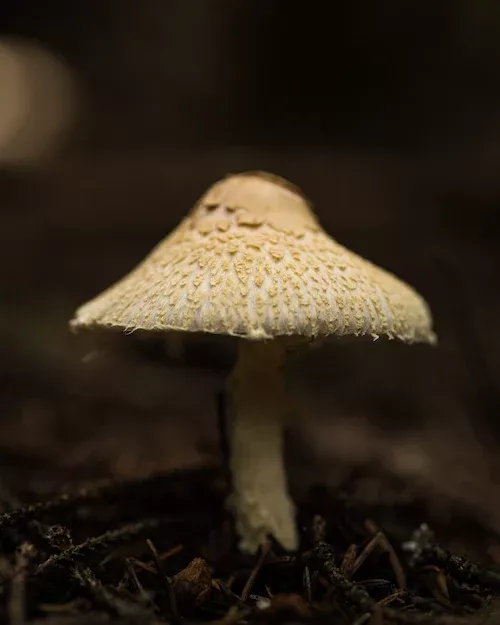
On this page:
How Long Does It Take for Mycelium to Appear?
You can typically expect to start seeing mycelium growth within 7 to 14 days after inoculation, although this can vary depending on several factors. During the first few days after inoculation, mycelium growth may be slow and difficult to detect with the naked eye, so it's important to be patient and monitor the substrate regularly.
The time it takes for the mycelium to become visible can depend on factors such as the type of mushroom species, the substrate, the temperature, and the humidity. Additionally, if you are using spores to inoculate the substrate, it may take a little longer for the mycelium to become established compared to using liquid culture.
If you don't see any signs of mycelium growth after 14 days, it's possible that the inoculation was not successful, or there may be issues with the environmental conditions. In this case, you may want to check the substrate for contamination and consider adjusting the temperature and humidity levels to promote mycelium growth.
Understanding Inoculation For Mycelium
Inoculation is the process of introducing a mushroom culture or spores into a substrate, such as grains or sawdust, to initiate the growth of mycelium. Mycelium is the vegetative part of a mushroom fungus, and it grows through the substrate, breaking down and consuming the nutrients as it spreads.
The inoculation process can vary depending on the method and materials used. One common method is to create a liquid culture from mushroom culture or spores, which is then used to inoculate the substrate.
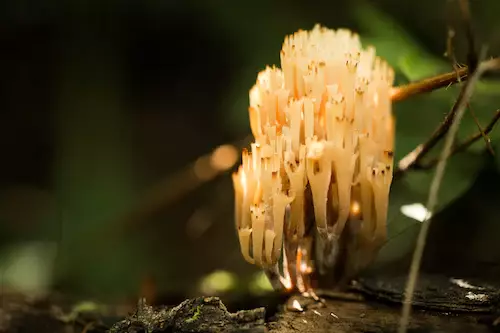
How Do You Know If Mycelium Is Growing?
The mycelium development process begins with the inoculation of a substrate with mushroom spores or a culture.
-
Once introduced to the substrate, the spores or culture will germinate and begin to grow, forming hyphae, which are the individual strands of mycelium.
-
The hyphae will continue to grow and branch out, forming a network of interconnected strands throughout the substrate.
-
As the mycelium network grows, it will consume the nutrients in the substrate and break it down.
-
The mycelium will also begin to produce enzymes that break down complex compounds in the substrate into simpler compounds that can be absorbed by the mycelium.
-
As the mycelium network continues to grow, it will eventually reach a point where it has consumed all of the available nutrients in the substrate, and it will begin to prepare for the formation of fruiting bodies.
-
Fruiting bodies are the actual mushrooms that we see and eat. The mycelium will begin to form specialized structures, such as primordia, which will develop into mature mushrooms.
-
During the first few days after inoculation, mycelium growth may be slow and difficult to detect with the naked eye.
-
However, after several days, you should start to see white, cotton-like mycelium growth spreading throughout the substrate.
-
The mycelium will continue to grow and spread throughout the substrate, breaking down and consuming the nutrients as it goes.
Factors Affecting Mycelium Growth
Several factors can affect the growth of mycelium. These include:
1. Temperature affects mycelium growth
The temperature range for optimal mycelium growth varies depending on the species of mushroom. However, most species prefer temperatures between 20°C and 27°C.
2. Mycelium requires a humid environment to grow properly
The optimal humidity range is usually between 70% and 80%.
3. Mycelium growth is affected by the light presence
Although mycelium doesn't require light to grow, some species are affected by the presence or absence of light. For example, some species may require light to form fruiting bodies.
4. Nutrient availability can also affect mycelium growth
Mycelium requires nutrients to grow, such as carbohydrates, nitrogen, and minerals. The types and amounts of nutrients available in the substrate can affect mycelium growth.
5. The pH level of the substrate can also affect mycelium growth
Most mushroom species prefer slightly acidic conditions, with a pH range of around 5.5 to 7.0.
6. Contamination can infect the mycelium growth
Contamination by other microorganisms, such as bacteria or mold, can inhibit or even kill the mycelium. Proper sterilization techniques and the prevention of contamination are important to ensure optimal mycelium growth.
It's important to note that these factors can interact with each other in complex ways, and optimal conditions for mycelium growth can vary depending on the species of mushroom being grown. Therefore, it's essential to research and understand the specific requirements for the species you are growing to achieve optimal mycelium growth.
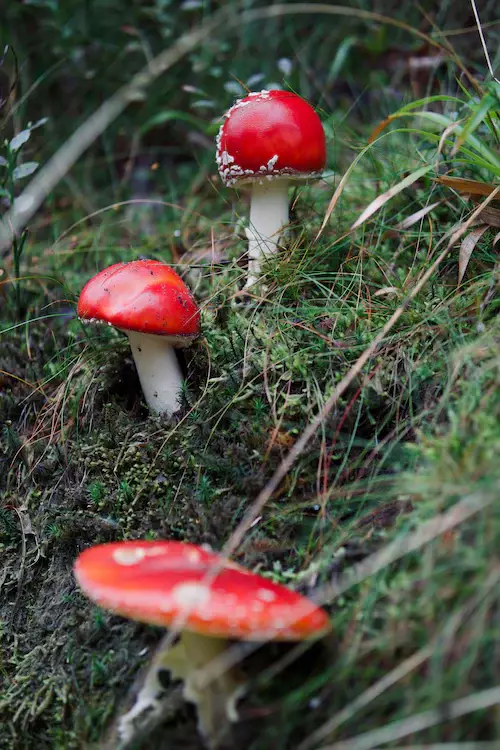
How Do You Encourage Mycelium Growth?
Several hacks or tips can help accelerate mycelium growth after inoculation. These include:
1. Maintain optimal temperature and humidity
Mycelium grows best at specific temperatures and humidity levels. Maintaining these levels can help accelerate growth. The optimal temperature range is usually between 20°C and 27°C, and the humidity range should be around 70% to 80%.
2. Increase oxygen levels
Mycelium requires oxygen to grow, and increasing oxygen levels can promote faster growth. One way to do this is by using a more porous substrate, which allows for better airflow. Additionally, providing fresh air exchange in the growing environment can help increase oxygen levels.
3. Use liquid culture for inoculation
Liquid culture inoculation can result in faster mycelium growth compared to spore inoculation. Liquid culture contains actively growing mycelium, which can quickly colonize the substrate.
4. Increase nutrient availability
Providing additional nutrients to the substrate can promote faster mycelium growth. This can be done by adding supplements such as wheat bran, rice bran, or other nutrient-rich materials to the substrate.
5. Use a pre-colonized spawn
Using a pre-colonized spawn can accelerate mycelium growth, as the mycelium has already started to grow before being introduced to the substrate.
6. Use agar plates for mycelium expansion
Using agar plates can help accelerate mycelium growth by providing a sterile environment for the mycelium to grow and expand before being transferred to the substrate.
7. Consider adding beneficial microorganisms
Adding beneficial microorganisms, such as bacteria or fungi, can help stimulate mycelium growth and enhance nutrient availability in the substrate.
It's important to note that these hacks may not work for every situation, and some may not be suitable for certain mushroom species or growing methods. It's always a good idea to research the specific requirements for the species you are growing and experiment with different methods to find what works best for you.


